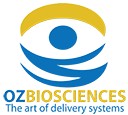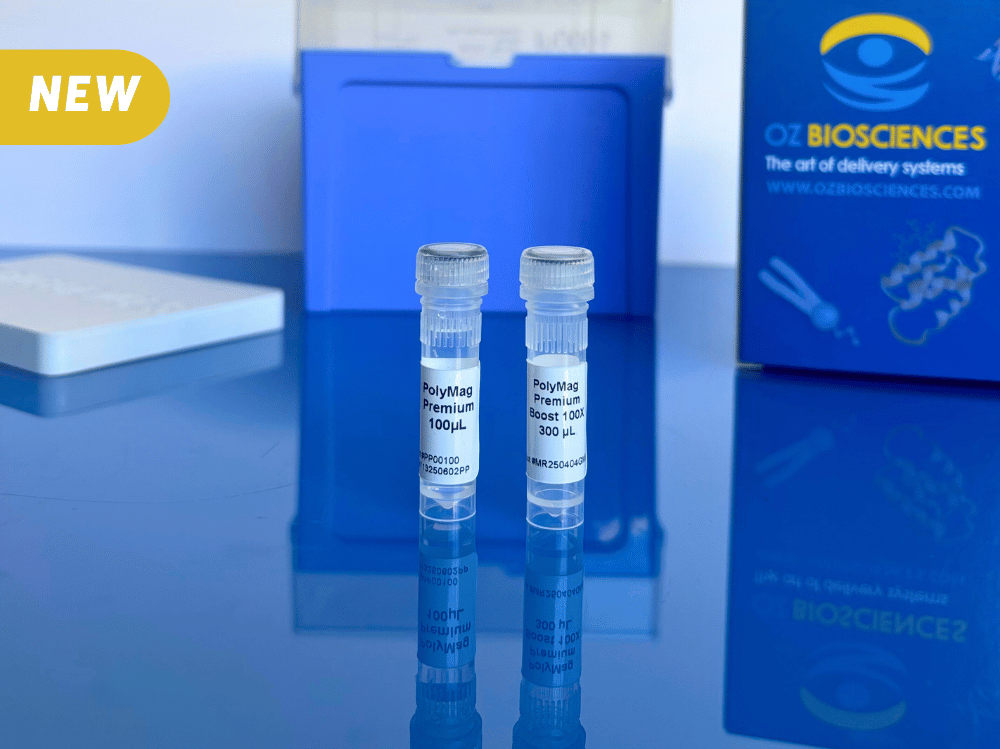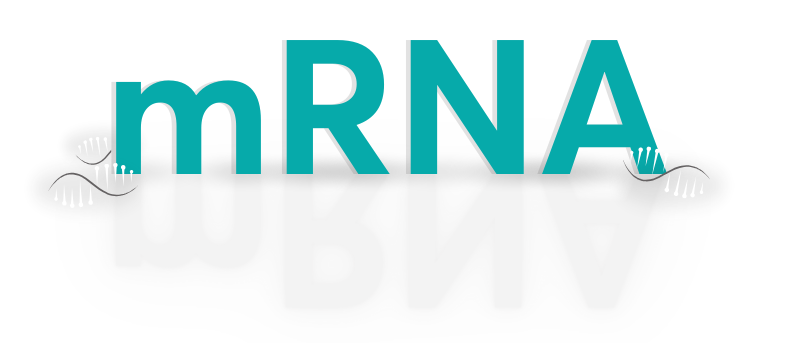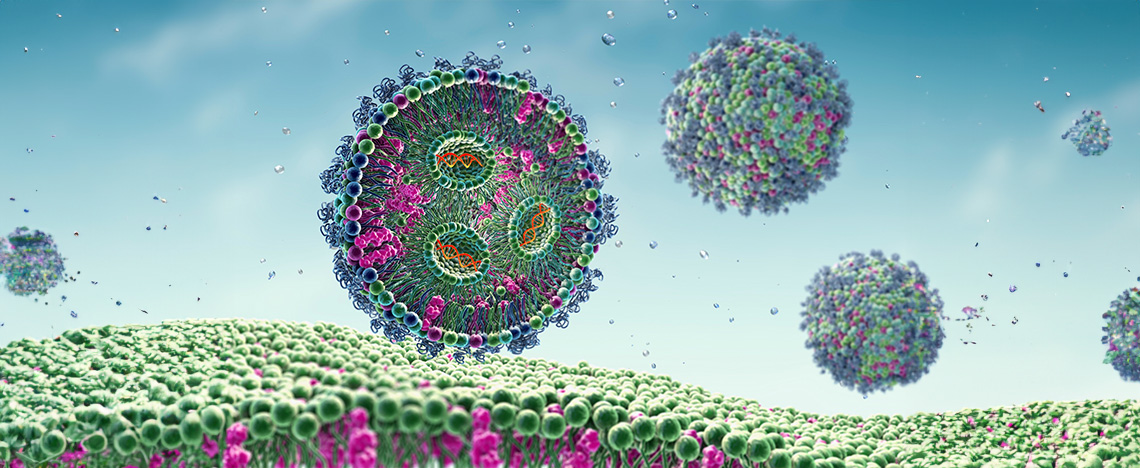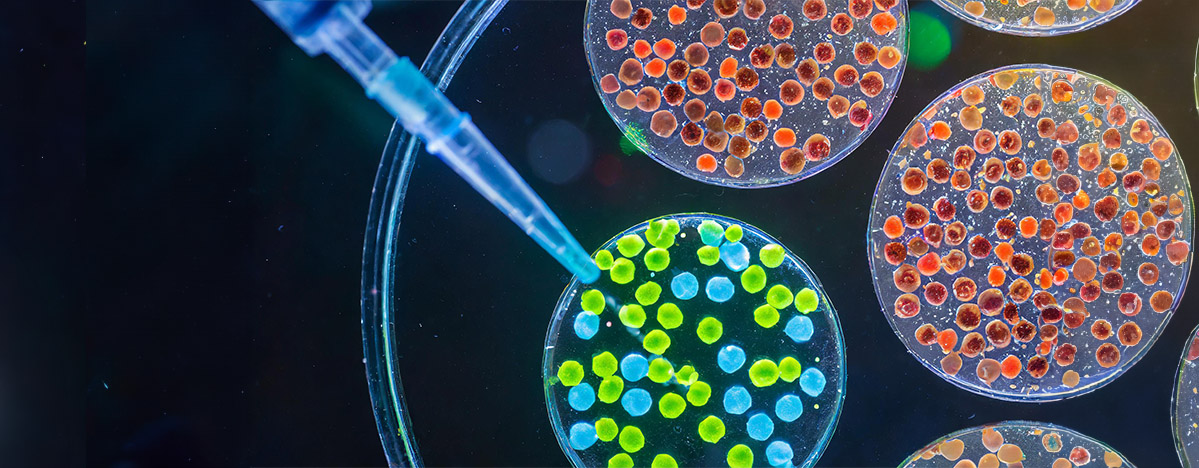BLOG > mRNA & LNP > New ready-to-use LNP-siRNA for efficient gene silencing
Achieving reliable gene knockdown in cell culture and in vivo studies requires efficient siRNA delivery systems that protect RNA from degradation while ensuring cytoplasmic release. Traditional siRNA transfection methods often suffer from low efficiency, high toxicity, or batch-to-batch variability.
NanOZ LNP-siRNA provides a solution: ready-to-use lipid nanoparticles engineered for superior siRNA encapsulation, cellular uptake, and gene silencing efficacy. Designed based on our expertise in microfluidic lipid nanoparticle formulation, these products deliver reproducible results across multiple cell lines.
Discover recent data demonstrating the performance of our NanOZ LNP-siRNA:
Validated Performance: Gene Silencing Efficacy Data
LNP-siRNA GFP for Gene Silencing
LNP encapsulating 400 nM siRNA were formulated through pressure-driven controlled microfluidic systems. 5 nM LNP-siRNA GFP and LNP-siRNA GAPDH were added to cell lines expressing GFP and inhibition of fluorescence was evaluated after 72H.
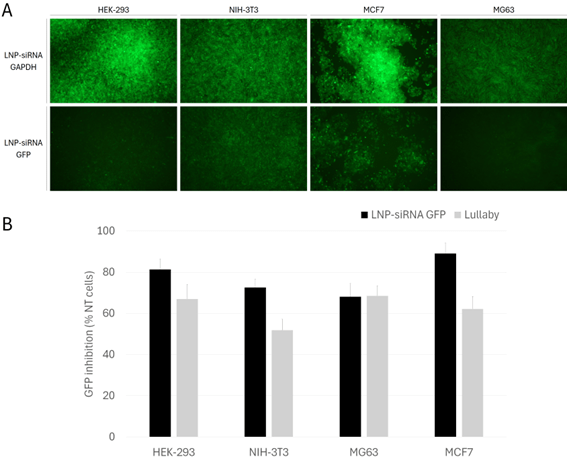
Figure 1: Gene silencing in various cell lines.
Results demonstrate the capacity of LNP-siRNA GFP to efficiently silence gene expression in cell lines, evaluated after 72 hours.
Key features:
- Efficient gene silencing at 5 nM concentration validated across multiple cell lines.
- Dual validation via microscopy and flow cytometry.
- Superior performance: outperforms Lullaby transfection reagent.
- Targets reporter and endogenous genes (GFP, GAPDH).
LNP efficiently deliver siRNA
LNP were prepared as described previously by microfluidic mixing of an ethanolic lipid phase using DiO labelled lipid with an acidic aqueous phase containing Cy5 siRNA to follow delivery in cell line following transfection. The resulting dual-color system enables real-time visualization of both the carrier and its cargo, as shown in the figure below.

Figure 2: NanOZ LNP mediates efficient siRNA delivery.
Results demonstrate the capacity of LNP-siRNA to efficiently deliver its cargo in the cytoplasm. 20H after transfection we can see that the siRNA is almost fully released in the cytoplasm.
Key features:
- Real-time dual-label tracking of carrier (DiO-LNP) and cargo (Cy5-siRNA).
- Complete cytoplasmic release within 20 hours post-transfection.
- Confirmed endosomal escape and diffuse distribution.
- Multi-scale validation at 4× and 20× magnification.
LNP-siRNA Product Portfolio:
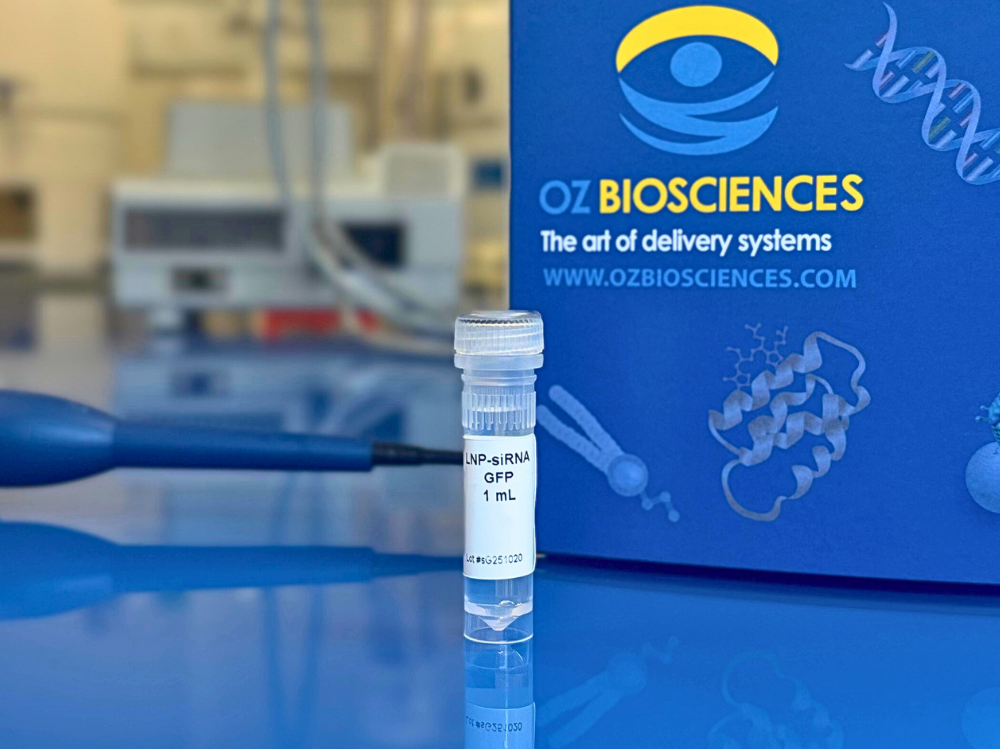
LNP-siRNA GFP
siRNA targeting GFP have been designed to specifically knock down the expression of green fluorescent protein.
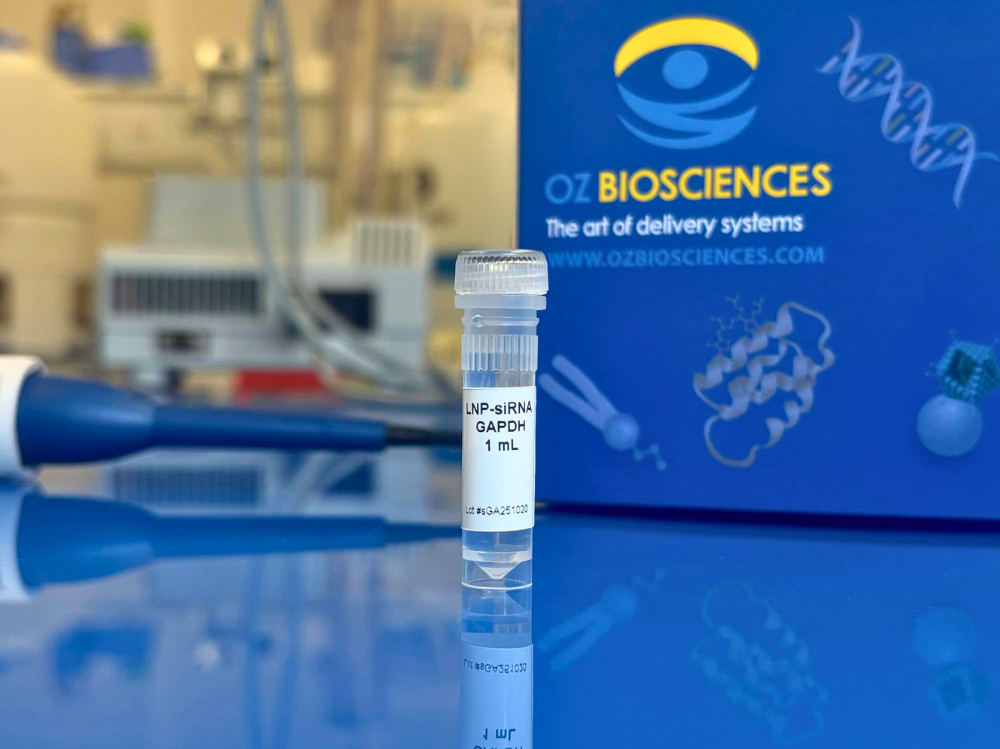
LNP-siRNA GAPDH
siRNA targeting GAPDH have been designed to selectively silence the housekeeping gene glyceraldehyde-3-phosphate dehydrogenase (GAPDH).
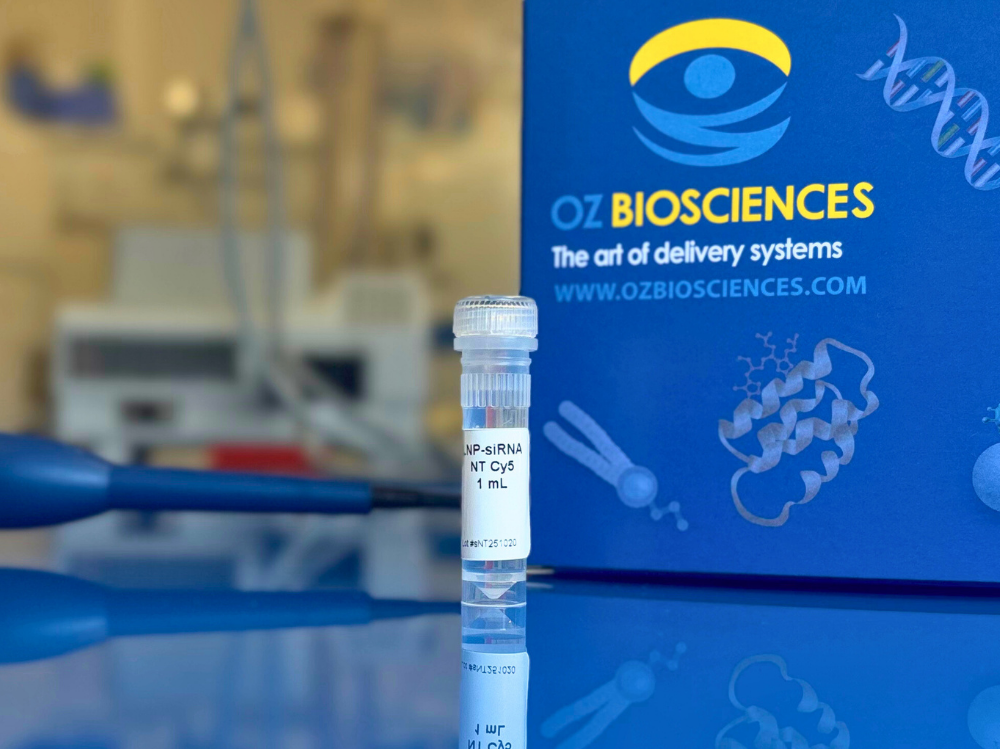
LNP-siRNA NT Cy5
Cy5 fluorescently labeled scrambled siRNA have been designed as negative controls for tracking and imaging experiments.
Order LNP-siRNACustom Formulation Service
